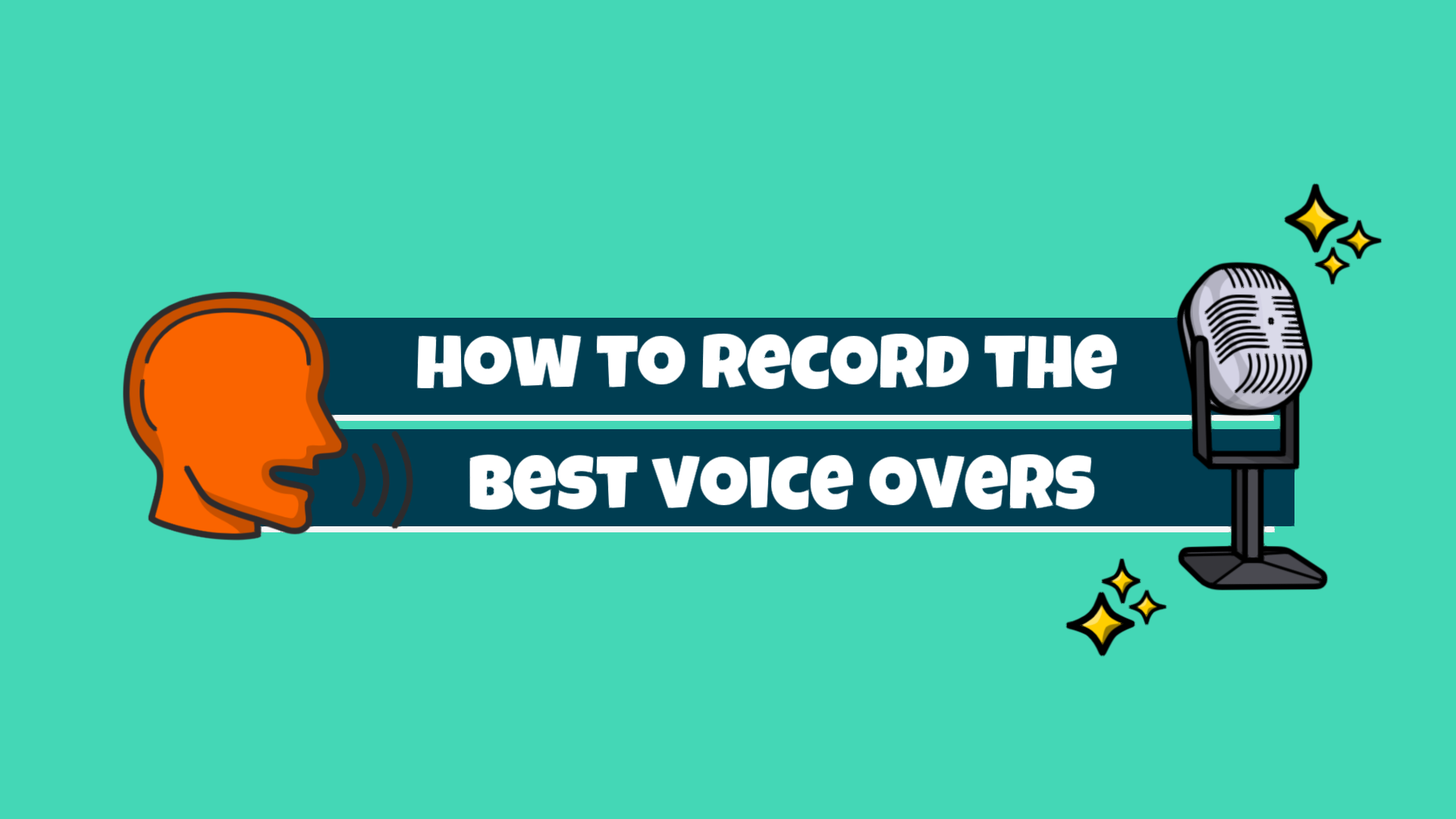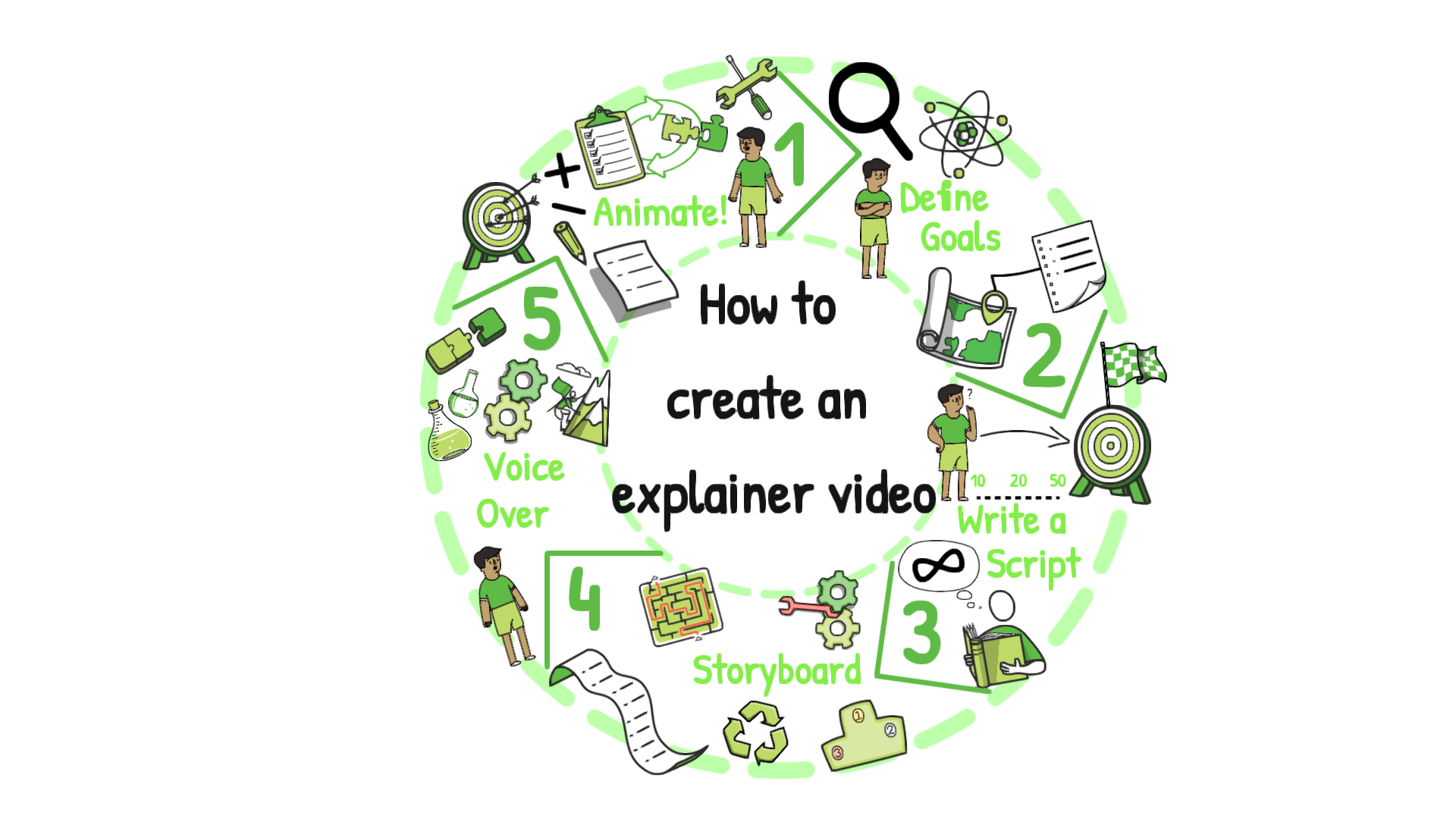There's a reason why stories are so easy to remember and sheets of data are not - stories evoke emotions that leave a lasting memory. Just think, you could probably tell us the gist of most classic stories, but could you recall the syllabus of your high school maths lessons? We're guessing not... 😂
It's for this reason, storytelling has become a major part of marketing and communications. If you want your audience to relate to the content you're sharing, absorb it and most importantly, remember it then you need to turn it into a compelling story.
But what happens when the content you need to share is statistics, data or trends? That's where data storytelling comes in and in this blog we're going to share exactly what data storytelling is, why it's such a powerful tool and how you can use it in your videos 🔥
What is data storytelling?.gif?width=279&name=ezgif.com-crop%20(41).gif)
Data storytelling is the art of telling brand or organizational stories by creating a narrative around data.
It requires three key elements to work together: visuals, data and narrative. As you can see in our diagram, when just two of these factors work together it creates one effect like engagement, enlightenment or explanation. But to really drive change and impact through data storytelling you need to tick all three boxes.
So why is this combination so powerful? Let's look at some examples...
Why telling stories with data is so effective - the proof
Fundamentally, data storytelling is so effective because it helps our brains to make a bridge between the data and our emotions. Research has proven that humans make decisions based on emotion and so for information to influence and persuade, it has to tap into that side of our brain. Which is why turning cold hard numbers into memorable and emotional stories helps us not only remember them better but actually influences us.
This has been proven to work for lots of communications and marketing campaigns. Let's look at a couple:
1. A study by Stanford professor, Chip Heath found 63% of people could remember stories they were told, but only 5% could remember a single statistic. This is a massive difference considering 2.5 statistics were used on average in the exercise while only 10% of participants incorporated a story. It's the stories that really caught the audience attention.
2. In another study, researchers tested two variations of a brochure for the charity, Save the Children. One was the story of Rokia, a seven year-old from Mali, Africa and the other was an infographic version. The story outperformed the infographic by $2.38 to $1.14 in terms of donations per participant. Which again proves just how persuasive data storytelling is.
To get started on your own data storytelling journey, log in to VideoScribe or start a free 7-day trial today 👇
How you can incorporate data storytelling into your videos
So, how do you ensure all three elements of data storytelling come together in your video? To start you're going to have to decide on a story that resonates with your audience. Then it's a case of gathering or collecting data that supports your message and visualizing that story through animated graphics. To give you some inspiration, we've created three different examples of this in action using different types of data that you might have.
Using public data to inspire your own story
A data storytelling option that's super effective and easy for anyone to do is to research public data that's related to your organization, products or services and use it to support your story. This could be anything from data on how often people use social media to in this example, the average number of meals people cook for themselves.
This one piece of public data gets us thinking about the number of dishes in our repertoire and we might suddenly think - "you're right, I end up cooking the same spaghetti dish over and over again!". Suddenly the meals we were happy with before seem bland in comparison to the 120 recipes we could be eating.
When it comes to visualizing this, we've created a bar graph and then added plate graphics over the top to support the narrative, helping us see just how little meal variation we currently have vs what's possible. Now this is just one example, you could apply this principle to almost anything so long as you can find data on it.
-1.gif?width=805&name=ezgif.com-video-to-gif%20(85)-1.gif)
Making customer data the focus of your story
Telling a data story that shines a light on your customers is a great way to engage your existing audience, help them see the benefits of your product/service, or remind them just how much they use your company.
This is also one of the easiest options because all companies will have some sort of shareable customer insights. We're not talking about personal details or singling individual customers out. But it could be information about the most popular products you sell, the results customers see with your services or interesting trends in preferences. We've included an example below, but this really could be anything. Just take a look at the data you have and see if you can create a story around it that is not only engaging but shows off your products or services.
-2.gif?width=810&name=ezgif.com-video-to-gif%20(87)-2.gif)
Creating impact by giving stories context
For your message to have the impact it deserves, sometimes you need data to give it context and scale. This is especially true for charitable organizations working to resolve lesser known challenges. Data storytelling can provide context on the problem helping to reframe it in terms anyone can understand.
In our example, we use pie charts to show what percentage of waste is sent to recycling and of that how much of it is actually recycled. Just showing the different graphs together starts to paint a picture of the problem at hand. Of course this principle could be adapted to suit your message and the accompanying setting switched up to match your cause.
-1.gif?width=805&name=ezgif.com-video-to-gif%20(86)-1.gif)
Creating your own animated graphs and charts with VideoScribe
Creating your own animated graphs and charts with VideoScribe is an easy and effective way to bring data to life and engage your audience. With our intuitive drag-and-drop interface, you can seamlessly add charts or graphs, customize colors, labels, and animations, and watch your ideas come alive in real-time.
VideoScribe offers a variety of pre-designed templates and styles - like the one below - making it simple to match your presentation's theme or branding. Whether you're illustrating trends, comparing figures, or breaking down complex data, VideoScribe ensures your visuals are both informative and captivating.

You can find more help and tutorials on using graphs and charts in VideoScribe here.
To get started creating your own animated graphs and charts, log in to VideoScribe or start a free 7-day trial by clicking the link below 👇 P.S. You don't need to give us any credit card details to sign up 😎



.png)



![How to create animation magic [3-part guide to video success]](https://blog.videoscribe.co/hubfs/How%20to%20create%20animation%20magic%20guide%20VideoScribe.png)




COMMENTS